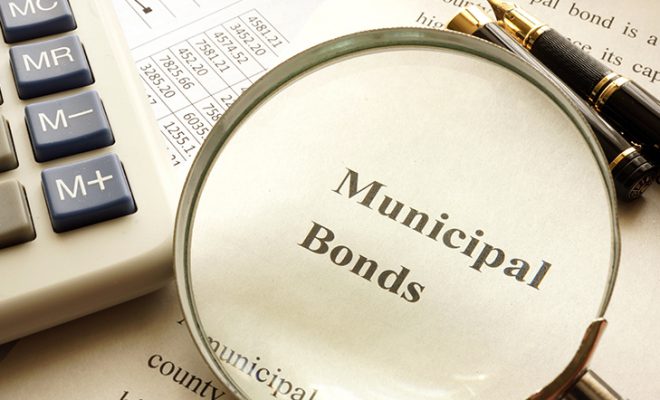How to Get Your Required Minimum Distribution Right

Most people spend their entire lives trying to find ways of saving and investing their money so that they can have a comfortable retired life. What they don’t realize is that the withdrawals from many of these schemes can ultimately trigger taxes. Retirement should be a time to relax and enjoy your life’s savings, but a few mistakes and delays can cause you to lose your hard-earned savings to taxes and penalties. Here is everything you need to know about your required minimum distribution so that you make the most of your retirement savings.
Table of Contents
What is RMD or required minimum distribution?
A required minimum distribution or RMD is an amount that the owner of a tax-deferred account like an IRA, 401 (k), or other similar retirement accounts, needs to start withdrawing from the age of 70 ½. RMD can also be withdrawn by beneficiaries or dependents named in the plan. A failure in withdrawals can lead to a penalty. Every dollar that is not withdrawn triggers a penalty of 50% by the IRS (Internal Revenue Service).
What are the things to remember when withdrawing an RMD?
- The most important thing to remember is that you will have to withdraw your first RMD on the 1st of April in the year after you turn 70 ½.
- You are required to withdraw the RMD every year after the age of 70 ½.
- You are required to withdraw the minimum RMD, but you can choose to withdraw the entire amount as well. Make sure to discuss this step with a professional financial advisor as this may trigger huge sums of tax.
- If you have multiple accounts, you will have to withdraw RMDs from each account.
- Your RMD will differ every year.
How to calculate the right RMD amount to be withdrawn?
You must refer to the Internal Revenue Service (IRS) websie to know how to calculate the right minimum distribution for your account. This government website has different calculation tables for different ages. Many factors play a role in calculating the RMD. For example, there are different tables for people who are of the same age as their spouse and for someone whose spouse is younger by ten years. Here’s how you can calculate your RMD:
- Check your balance: Make sure to check your account balance on Dec 31st in the year before you turn 70 ½. Keep a note of your balance before you make any withdrawals.
- Find the right distribution period: The table you refer to on the IRS website will show you a list of distribution periods corresponding to your age. Let’s assume you are withdrawing your first RMD. The distribution period for withdrawal at 70 ½ would be 27.4.
- Divide the two: Once you have the above two figures. Divide your account balance by the distribution period. For example, if your account balance is $100,000, you need to divide:
$100,000/27.4= $3649.63
$3649.63 is only the minimum RMD. You can withdraw more than this. Remember to calculate the RMD for all your accounts in the same manner.
What to do if you miss withdrawing your RMD?
If you do not withdraw your RMD on time, here are two things you can do:
- Pay excise tax: You can pay an excise tax on your income tax returns. You will need to fill additional forms like Form 5329 and IRS Form 1040.
- Ask for a waiver: There is a provision to request a waiver on Form 5329. Keep in mind that the IRS has the right to accept or reject your request for a waiver.
How to withdraw RMD as a beneficiary?
Whether it is your own account or if you are inheriting someone’s account, RMDs more or less function the same way. If you fail to withdraw it on time, you are liable to pay a penalty. As a beneficiary, you need to follow these things:
- The deadline to start withdrawing the RMD is 31st Dec of the year that follows the year in which the account owner passed away.
- You need to withdraw the RMD by 31st Dec of every following year.
It is advisable to refer to government guidelines on how to calculate the RMD for a spouse and for other inheritors.
How to optimally use the money withdrawn from RMDs?
While it is mandatory to withdraw money from RMDs, it is possible that you may not require this money. Regardless of your age, it is always advisable to invest your money and let it grow rather than keeping it idle. Here are some guidelines on how to invest your RMD money optimally:
- Municipal Bonds: Municipal bonds offer tax- free federal income.
- Stocks: You can invest in stocks with qualified dividends. Such stocks trigger lower taxes as compared to the standard ones.
To sum it up
RMDs are nothing but your hard-earned money. Keeping these little points in mind, make sure that you do not lose your money to penalties and tax consequences. It is good to make a note of these deadlines and milestones during financial planning so that you don’t miss out on anything at a later stage in life.
Do you need help in calculating your RMD? Consult financial advisors for help and make the most of your withdrawals.




















